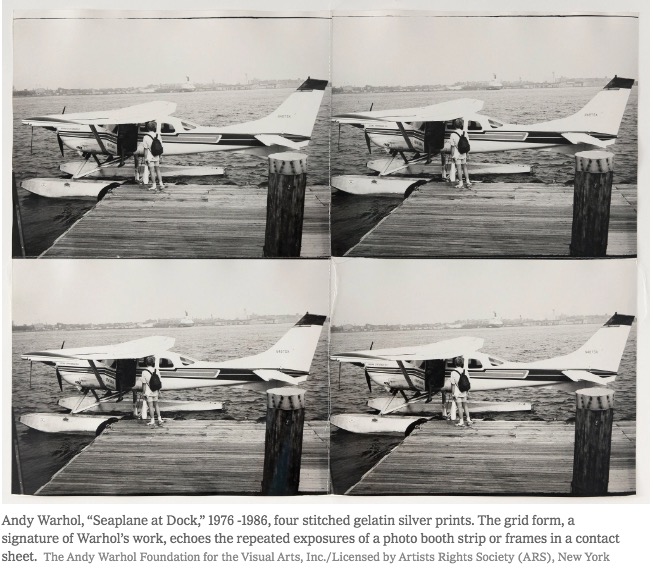He got away with it.
The French ‘artist’ Marcel Duchamp (1887-1968) started it. He would exhibit common objects – toilet bowls, dinner plates, you name it – as ‘art’ and the fools passing as critics lauded him for his insights and originality. Duchamp was a fake and he new it. He must have got a good laugh at the expense of his critics. But his fakery did not make him rich. You see, he was French where art rules over income.
Andy Warhol (1928-87) saw Duchamp’s work and, being American, smelled profit. He crafted a mysterious image for himself and proceeded to paint ridiculous canvases of Campbell’s soup cans which now sell for $50 million and up. To my considerable disgust, Cornell University’s otherwise superb Johnson Museum of Art houses one of these pieces of garbage which should be immediately sold, the proceeds applied to reducing students’ fees – and maybe, you know, letting some more Americans into STEM classes?
Warhol’s crowning cinematic achievement? A static 24 hour reel of the Empire State Building. God alone knows what chemicals his audience was ingesting. People paid good American money to watch this tripe.
Proving that there’s one born every minute, a New York Times art writer falls for it and repeats all the utter nonsense written about this skillful grifter. You can read his nonsense by clicking the ‘art’ image below. Can you believe this crap? “Given the exponential influence of Warhol, it’s hard not to think about this show of his photographs as a historic template for our current Instagram moment, in which every commonplace detail of people’s lives is recorded and posted for an anonymous audience, and the ubiquitous “selfie,” an emblem of the endless lust for fame that replaces actual lived experience. What an odd and burdensome legacy for the pantheonic artist.” . Pantheonic? Yup.

Click the image to read nonsense.
Warhol was, indeed, the supreme fake, and laughed all the way to the bank with his fakery.
For more fun quotes from Pseuds’ Corner, click here.